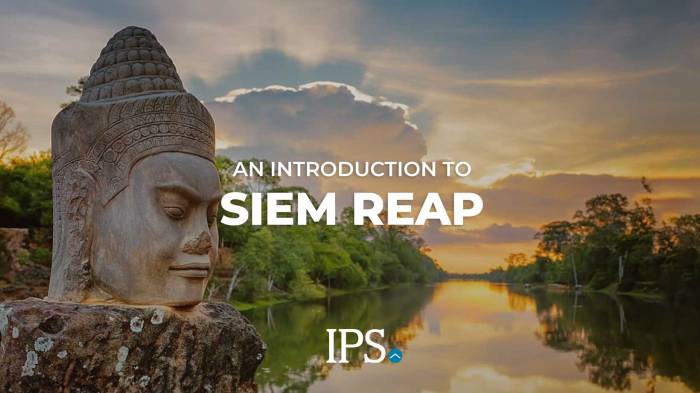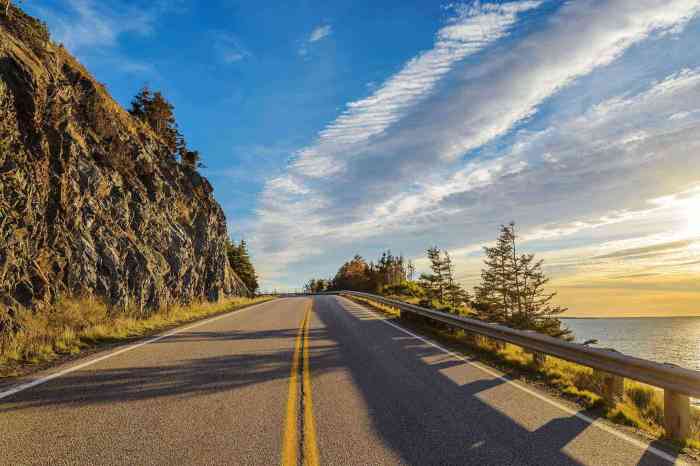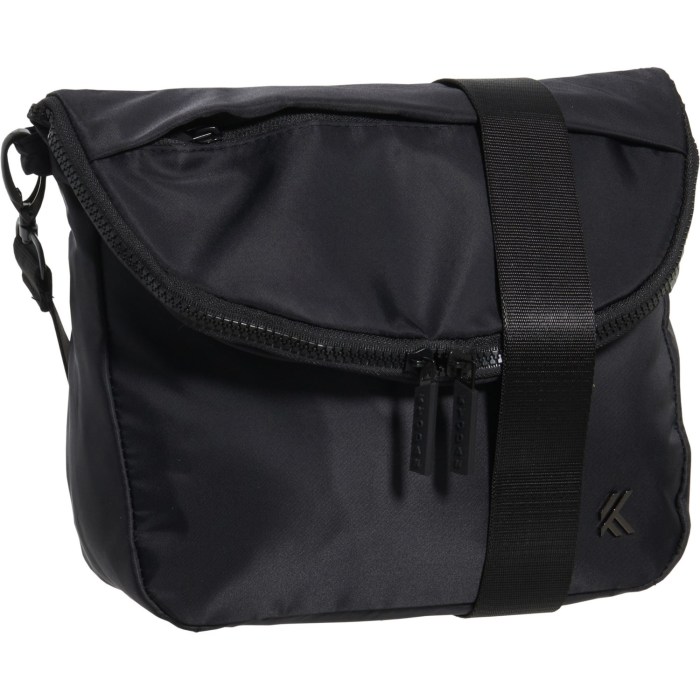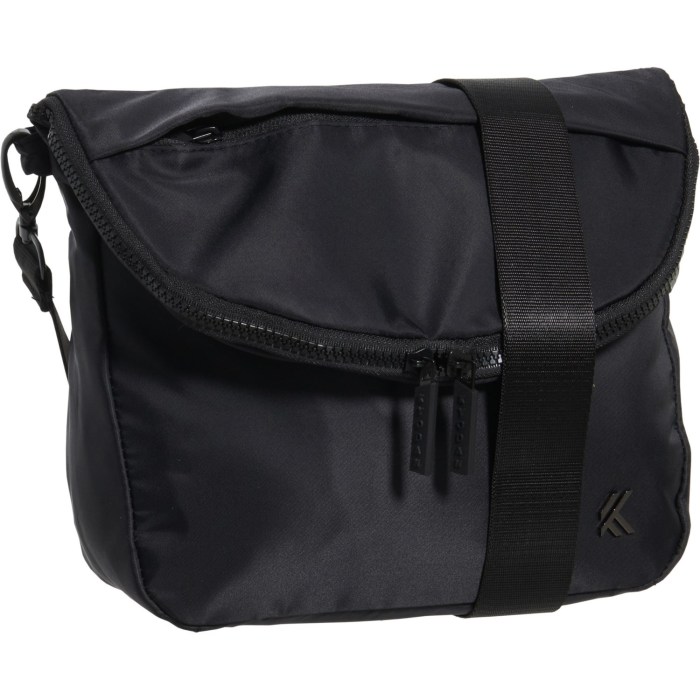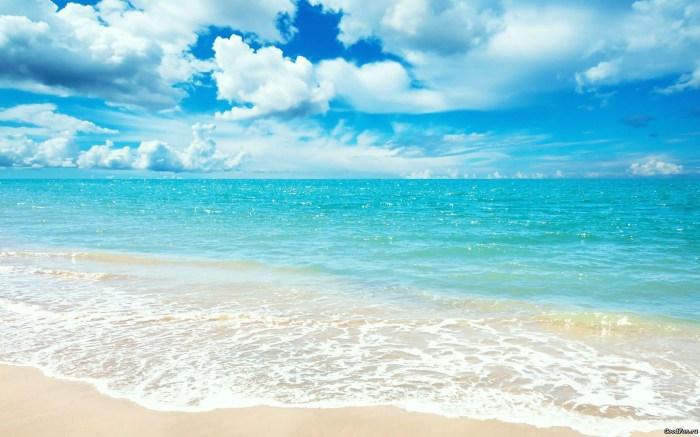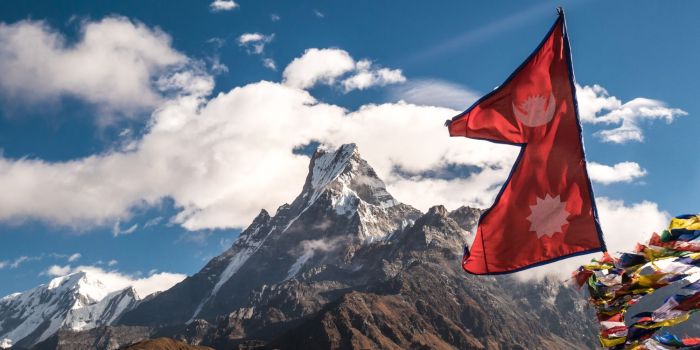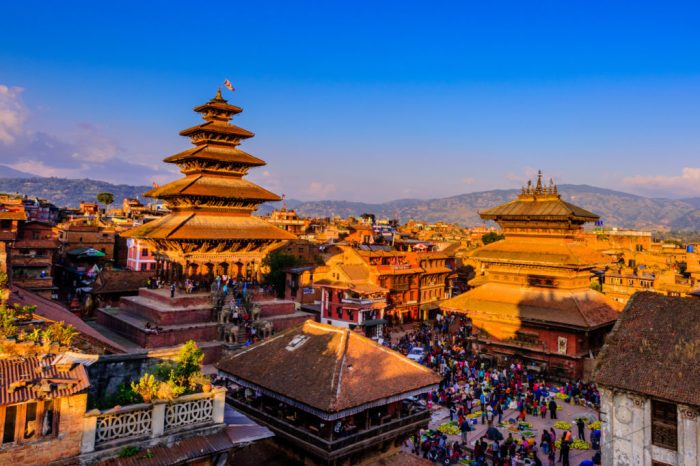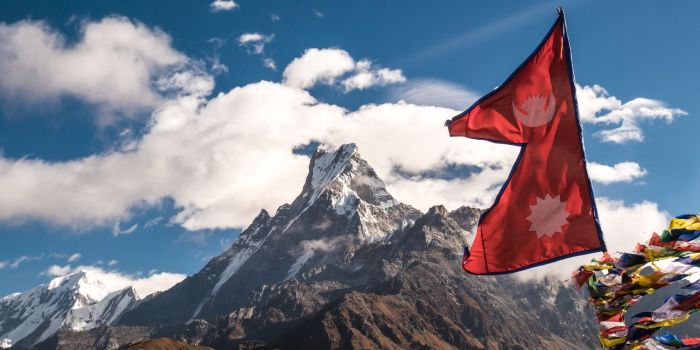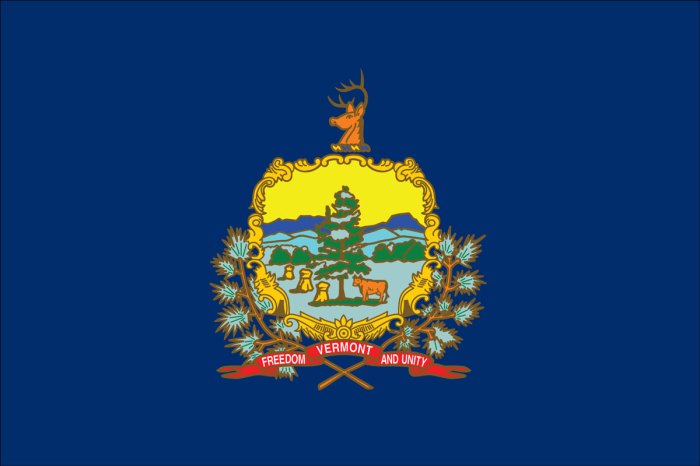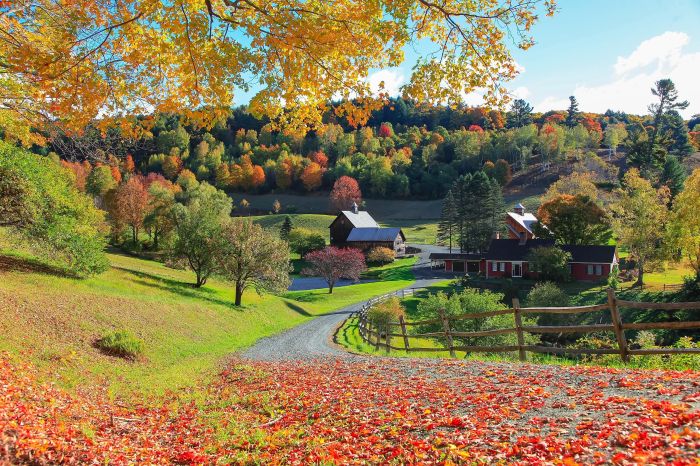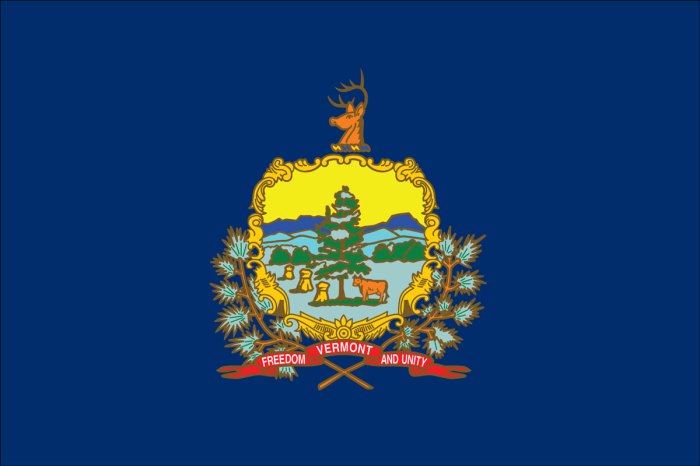Guide to Siem Reap: Uncover the ancient wonders and vibrant culture of Cambodia’s captivating Siem Reap. From the majestic temples of Angkor Wat to delicious Khmer cuisine, this guide will be your compass as you navigate the historical heart of the region. Prepare to be enchanted by the rich tapestry of history, spirituality, and modern experiences that await.
This comprehensive guide dives into the must-see attractions, culinary delights, activities, and practical information you need for a memorable trip. Explore the intricate details of accommodation options, from budget-friendly guesthouses to luxurious resorts, alongside in-depth insights into the local customs and traditions. Prepare for a journey filled with fascinating stories, delicious food, and breathtaking landscapes.
Introduction to Siem Reap
Siem Reap, a vibrant city nestled in the heart of Cambodia, is more than just a gateway to the awe-inspiring Angkor temples. It’s a captivating blend of ancient history, bustling markets, and a welcoming cultural atmosphere. The city’s close proximity to the iconic Angkor Wat and other historical marvels draws millions of visitors annually, transforming it into a dynamic hub of tourism and cultural exchange.
The unique charm of Siem Reap lies in its ability to seamlessly integrate the rich past with a present brimming with life and energy.The city’s very essence is intertwined with the magnificent Angkor complex. The temples, a testament to the Khmer Empire’s grandeur, have profoundly shaped Siem Reap’s identity, drawing visitors from around the globe. This historical connection has fostered a unique cultural atmosphere, where ancient traditions intertwine with modern amenities, creating a captivating tapestry of experiences for travelers.
Historical Significance of Siem Reap
Siem Reap’s history is deeply rooted in the Khmer Empire. The area’s strategic location facilitated the rise of the empire, with the city serving as a crucial administrative and economic center. The construction of Angkor Wat and other temples in the surrounding area solidified the region’s significance as a powerful cultural and religious hub. The city’s history is not just about political events but also about the evolution of art, architecture, and the cultural identity of the Khmer people.
The later periods saw the decline of the empire and the gradual shift of power, leading to Siem Reap’s current role as a significant tourist destination.
Geography and Environment
Siem Reap is situated in the fertile plains of northwestern Cambodia, characterized by a tropical savanna climate. The region experiences a distinct dry and wet season, influencing daily life and activities. The climate plays a significant role in agricultural practices and the overall ecosystem. The surrounding natural environment, with its diverse flora and fauna, complements the historical attractions, creating a rich tapestry of natural beauty.
The area’s geographical features, including rivers and surrounding landscapes, offer insights into the historical development and the ecological context of the region.
Accommodation Options in Siem Reap
Siem Reap offers a wide array of accommodation options to suit every budget and preference. Whether you’re seeking a budget-friendly stay, a comfortable mid-range option, or a luxurious retreat, the city caters to all needs. The variety of choices reflects the city’s status as a major tourist destination.
Comparison of Accommodation Types
| Accommodation Type | Price | Location | Amenities | Overall Experience |
|---|---|---|---|---|
| Budget-Friendly Guesthouses | $10-$30 per night | Often near the city center or markets | Basic amenities like private or shared bathrooms, Wi-Fi | Good for budget travelers looking for basic comfort and convenience. |
| Mid-Range Hotels | $30-$100 per night | Varied locations, some within walking distance of attractions | Improved amenities like air conditioning, larger rooms, potentially pools or restaurants | A good balance of comfort and value, ideal for travelers who want a bit more than basic accommodations. |
| Luxury Resorts | $100+ per night | Often located outside the city center, providing tranquility | Exceptional amenities like private pools, spas, fine dining, and concierge services | Ideal for those seeking an opulent and relaxing experience. |
Must-See Attractions in Siem Reap
Siem Reap, nestled in the heart of Cambodia, is a captivating destination steeped in rich history and breathtaking architecture. Beyond the bustling markets and vibrant nightlife, the ancient temples of Angkor are a must-see, offering a glimpse into the Khmer Empire’s golden age. This exploration will delve into the top attractions, offering insights into their historical significance and practical advice for maximizing your visit.The Angkor Archaeological Park, a UNESCO World Heritage Site, encompasses hundreds of temples, each with its unique story to tell.
Understanding their history and the cultural significance of these sites enhances the experience immensely. This guide will detail the most impressive temples, providing a framework for planning your journey through this extraordinary historical landscape.
Top 5 Must-See Temples
The Angkor Archaeological Park is home to an array of impressive temples, each reflecting the artistry and grandeur of the Khmer Empire. Here are five of the most significant, offering a diverse range of experiences.
Planning a trip to Siem Reap? I’ve got a fantastic guide coming soon, packed with tips and tricks for navigating this incredible Cambodian city. Meanwhile, if you’re a thrill-seeker craving adventure, check out the lottery for grand canyon national park colorado river rafting. grand canyon national park colorado river rafting lottery open now It’s a chance to experience the awe-inspiring Grand Canyon in a truly unforgettable way.
Back to Siem Reap, I’ll be sharing details about local markets and hidden gems in my upcoming guide.
| Name | Description | Historical Context | Recommended Visit Time |
|---|---|---|---|
| Angkor Wat | The iconic temple, renowned for its intricate bas-reliefs and towering structure. A masterpiece of Khmer architecture. | Built in the 12th century, Angkor Wat served as a temple and a royal city. | 2-3 hours |
| Angkor Thom | The walled city, encompassing Bayon, Baphuon, and other significant monuments. Characterized by its powerful atmosphere. | A vast royal city built in the 12th century, it reflects the grandeur of the Khmer kings. | 2-3 hours |
| Bayon | Known for its enigmatic smiling faces adorning its towers. A striking example of Khmer artistry. | A temple-mountain built in the 12th century, representing the reign of Jayavarman VII. | 1-2 hours |
| Ta Prohm | The temple entangled by jungle vines, creating a captivating and atmospheric scene. | A significant temple that was largely abandoned and reclaimed by nature, a poignant representation of the passage of time. | 1.5-2 hours |
| Banteay Srei | A beautifully preserved temple known for its delicate carvings and pink sandstone. | Dedicated to the Hindu god Shiva, this temple showcases the intricate artistry of the Khmer artisans. | 1-1.5 hours |
Less-Visited Attractions
While the major temples are undoubtedly captivating, venturing beyond the throngs of tourists can unveil hidden gems.
- Preah Khan: This vast temple complex, often overlooked, offers a sense of exploration and discovery, with its intricate structures and lush surroundings.
- Neak Pean: This temple-island, situated in a serene lake, offers a peaceful escape from the bustling city and allows for a unique perspective of the Angkorian landscape.
- Beng Mealea: This partially overgrown temple offers a unique and immersive experience, allowing visitors to experience the beauty of the jungle reclaiming a historical monument.
Types of Tours
Siem Reap offers various tour options to cater to different preferences and budgets.
- Guided Tours: A guided tour provides valuable insights into the history and culture of the temples, with a knowledgeable guide leading the way.
- Self-Guided Tours: Self-guided tours offer flexibility and independence. However, it’s important to be well-prepared, research the sites, and have a good grasp of the area’s layout.
Group Tours vs. Private Tours
The choice between a group tour and a private tour depends on individual needs and preferences.
- Group Tours: These tours are generally more affordable, but may involve larger groups and less personalized attention.
- Private Tours: Private tours provide a more personalized experience, with dedicated attention from a guide and the flexibility to tailor the itinerary to your interests.
Navigating the Temple Complexes
To maximize your visit, consider these tips:
- Early Mornings or Late Afternoons: Visiting during these hours often means fewer crowds and more favorable weather.
- Comfortable Shoes: The temple complexes involve a lot of walking.
- Sunscreen and Water: Protect yourself from the sun and stay hydrated.
History and Cultural Significance
The temples of Angkor represent a significant chapter in Khmer history and culture. Built over centuries, these monuments reflect the artistic and engineering prowess of the Khmer civilization. The intricate carvings and monumental structures stand as testaments to the empire’s power and influence.
Food and Drink Experiences
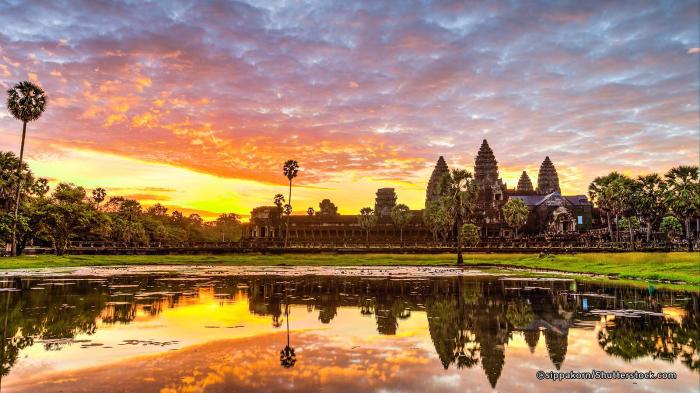
Siem Reap, beyond its iconic temples, boasts a vibrant culinary scene that reflects the rich Khmer heritage and the influences of surrounding cultures. The city’s diverse food offerings cater to every palate, from budget-friendly street eats to exquisite fine dining experiences. Exploring the local markets and trying regional specialties provides a deeper understanding of Khmer culture and hospitality.The culinary landscape of Siem Reap is a delightful tapestry woven with threads of local traditions and international influences.
Savoring the flavours, both familiar and exotic, is an integral part of experiencing the city’s charm. A journey through Siem Reap’s food scene is a journey into the heart of Khmer culture.
Local Specialties and Regional Variations
Khmer cuisine is a unique blend of flavours, heavily influenced by the region’s agricultural bounty. Rice, a staple in the diet, takes center stage in countless dishes. The cuisine is characterized by a harmonious balance of sweet, sour, salty, and spicy elements.
- Amok: A fragrant coconut milk-based curry, Amok is a national dish of Cambodia. Variations include Amok Trach (fish amok), Amok Krok (pork amok), and Amok Pouk (chicken amok). The regional variations in Amok reflect the diverse ingredients available in different parts of the country. For example, in the eastern provinces, fresh herbs like lemongrass and kaffir lime leaves are frequently used, while in the western regions, spices like galangal and turmeric are more prominent.
- Lok Lak: A stir-fried beef dish with a savoury sauce, Lok Lak is a popular street food in Cambodia. The dish’s regional variations depend on the availability of ingredients. For example, in some areas, pork or chicken can be substituted for beef. The sauce’s consistency and spiciness can also vary based on the cook’s preference.
- Nom Banh Chok: A refreshing salad with vermicelli noodles, vegetables, and a variety of protein options. This dish can vary significantly based on the region, incorporating local vegetables, herbs, and protein sources. The inclusion of different fresh ingredients and the way they are prepared can result in unique regional flavours.
Comparison with Other Regional Cuisines
Khmer cuisine exhibits characteristics of its geographical neighbours. The influence of Thai cuisine is apparent in the use of spices and herbs, while Vietnamese culinary traditions are reflected in certain noodle dishes. However, Khmer cuisine maintains its distinct identity with a focus on fresh ingredients and unique flavour combinations.
Street Food and Safety
Street food in Siem Reap is a vibrant and affordable experience. A variety of dishes, including spring rolls, grilled meats, and noodle soups, are available at affordable prices. To ensure food safety, choose vendors with clean stalls and fresh ingredients. Observe how the vendors handle the food and ensure it’s cooked thoroughly.
Dining Experiences
From casual street food stalls to upscale restaurants, Siem Reap offers a diverse range of dining experiences. A range of local eateries and international restaurants caters to all budgets and tastes.
Popular Restaurants
| Restaurant Name | Cuisine Type | Price Range | Atmosphere |
|---|---|---|---|
| The French Kitchen | French | Mid-range | Elegant |
| Angkor Wat Restaurant | Khmer | Budget-friendly | Casual |
| The Coffee House | International | Mid-range | Relaxed |
| Angkor Cafe | Khmer & International | Budget-friendly | Casual |
Cultural Significance, Guide to siem reap
Food plays a vital role in Khmer culture, reflecting the values of hospitality and sharing. Many traditional Khmer meals are prepared for special occasions and ceremonies. The social aspect of eating together strengthens family and community bonds.
Local Markets
The local markets, such as the Siem Reap Night Market, offer a captivating glimpse into the culinary traditions. The sights, sounds, and smells of the market provide an authentic experience of the city’s vibrant food scene. The vendors showcase the diverse range of ingredients and prepared dishes available.
Activities and Experiences: Guide To Siem Reap
Siem Reap offers a vibrant tapestry of activities, from exploring ancient temples to immersing yourself in local culture. This section delves into the diverse experiences available, catering to various interests and budgets. Whether you’re a history enthusiast, an adventure seeker, or a family on a journey, Siem Reap has something to captivate everyone.Beyond the iconic temples, Siem Reap thrives on its rich cultural heritage and vibrant atmosphere.
The city pulses with life, offering opportunities to engage with local communities, savor culinary delights, and experience the unique charm of Cambodia.
Cultural Performances
Traditional Khmer performances are a must-see in Siem Reap. Apsara dance, a captivating spectacle of graceful movements and intricate costumes, showcases the artistry and history of the Khmer Empire. Numerous venues host these performances, providing a unique cultural immersion. The Apsara dance is deeply rooted in Khmer mythology and history, representing the beauty and grace of the ancient kingdom.
These performances often tell stories through elaborate costumes, music, and dance.
My guide to Siem Reap is all about experiencing the temples and the vibrant local markets. But, I’ve got to say, the news about Segway ending production of their scooters segway ending production scooter is a bit of a bummer. Hopefully, this won’t impact the fun and accessible ways to get around Siem Reap too much.
I’ll have to adjust my recommendations, and maybe explore other options for getting around the area. Hopefully, my guide will still be useful, even without Segways!
Markets and Shopping
Siem Reap boasts bustling markets, offering a glimpse into local life and a treasure trove of souvenirs. The Psar Chas (Old Market) is a vibrant hub of activity, brimming with textiles, handicrafts, and local produce. Psar Thmey (New Market) offers a more modern shopping experience, with a wider range of goods. Smaller boutiques scattered throughout the city offer unique and high-quality handcrafted goods, allowing visitors to find special items beyond the typical tourist souvenirs.
My guide to Siem Reap is all about maximizing your time and budget. While exploring the temples, it’s easy to get caught up in the sheer wonder of the Angkor complex. However, you can still have a fantastic trip even if you’re on a budget, like when you discover amazing deals on accommodation and food. For inspiration on how to enjoy a gorgeous destination without breaking the bank, check out this helpful resource on lake tahoe on a budget.
It’s full of tips on keeping costs down while still experiencing the best of Lake Tahoe, and similar ideas can definitely be applied to Siem Reap!
Unique Experiences
Elevate your Siem Reap experience with these unique activities. Cooking classes offer an interactive way to learn about Khmer cuisine and prepare delicious meals. Bicycle tours provide a more relaxed way to explore the countryside surrounding Siem Reap, offering stunning views and a chance to interact with local communities. Sunset cruises on the Tonle Sap Lake provide a tranquil and picturesque end to the day, offering a memorable perspective on the Cambodian landscape.
Activities for Different Interests
Siem Reap caters to diverse interests. History buffs can delve into the rich history of the Angkor Empire through guided tours and temple explorations. Adventure seekers can experience the thrill of jungle treks or explore the nearby Phnom Kulen mountain. Families can enjoy the serene atmosphere of the temples, participate in cultural performances, or visit the local markets.
A Table of Activities
| Age Group | Interests | Activity Type |
|---|---|---|
| Children | Family Fun, Cultural Exploration | Apsara Dance Performances, Local Markets, Cooking Classes |
| Teenagers | Adventure, History, Culture | Bicycle Tours, Jungle Treks, Temple Exploration, Apsara Dance |
| Adults | History, Relaxation, Culture | Temple Tours, Cooking Classes, Sunset Cruises, Shopping, Cultural Performances |
| Seniors | Relaxation, Cultural Exploration | Temple Tours, Cultural Performances, Sunset Cruises, Shopping at Boutique Shops |
Local Transportation
Transportation options in Siem Reap include tuk-tuks, taxis, and motorbike rentals. Tuk-tuks are a popular choice for short distances, offering a personalized experience but can be less efficient for longer journeys. Taxis are more convenient for longer distances, while motorbike rentals provide greater flexibility for exploring the countryside. The choice depends on your budget and desired level of comfort.
Multi-Day Itinerary
A multi-day itinerary can be tailored to your interests. For example, a 3-day itinerary might include a visit to Angkor Wat, Angkor Thom, and Bayon temple on the first day, followed by a cooking class and exploration of local markets on the second day, and a sunset cruise and Apsara dance performance on the third day.
Practical Information
Navigating a new destination requires careful planning. Understanding the practical aspects, from visa requirements to local customs, can significantly enhance your trip. This section provides essential details for a smooth and enjoyable experience in Siem Reap.
Visa Requirements and Entry Procedures
Cambodia offers visa-free entry for citizens of many countries for a specific duration. However, it’s crucial to verify the current visa policy for your nationality on the Cambodian Ministry of Foreign Affairs website. This will ensure you have the correct information and avoid potential issues at the border. Pre-departure checks are always recommended to avoid surprises.
Local Currency and Exchange Rates
The Cambodian riel (KHR) is the official currency, but the US dollar (USD) is widely accepted, especially in tourist areas. Exchange rates fluctuate, so it’s advisable to check current rates before your trip. Banks and exchange bureaus are available in Siem Reap for convenient currency transactions. Be aware of potential fluctuations in exchange rates, as they can impact your budget.
Transportation Within Siem Reap and to/from the Airport
Siem Reap offers various transportation options within the city, including tuk-tuks, motorbike taxis, and ride-sharing services. For longer distances, buses and taxis are also readily available. Pre-arranged transportation to and from Siem Reap International Airport (REP) is easily accessible through taxis and ride-sharing services. Plan your transportation needs in advance to avoid last-minute stress and potentially inflated prices.
Best Time to Visit Siem Reap
The best time to visit Siem Reap generally falls between November and March, during the dry season. This period offers pleasant weather, making exploring the temples and city more comfortable. However, peak season can be crowded. Consider visiting during the shoulder seasons (April-May and September-October) for potentially better deals and fewer crowds, though some rainfall is possible.
Essential Documents for Travel
A valid passport is essential for entry. Additionally, a return ticket or onward travel plans might be required by some immigration officials, depending on your nationality.
| Document | Description |
|---|---|
| Passport | Valid for at least six months beyond your intended stay. |
| Visa (if required) | Obtained in advance through the Cambodian embassy or consulate. |
| Copies of important documents | Passport, tickets, and accommodation confirmations. |
Local Customs and Etiquette
Respecting local customs is vital for a positive travel experience. Dress modestly when visiting temples, and always remove your shoes before entering. Bargaining is common in markets, but a friendly and respectful approach is appreciated. Show courtesy to locals, and try to learn a few basic Khmer phrases. Understanding and respecting local customs is a key part of cultural immersion.
Tips for Staying Safe and Healthy in Siem Reap
Drink bottled water to avoid potential health issues. Use insect repellent to prevent mosquito bites. Be mindful of your belongings in crowded areas, and avoid walking alone at night in poorly lit areas. Follow standard safety precautions for any travel destination. Taking precautions is crucial to a safe and healthy trip.
Potential Safety Concerns and Precautions
Be aware of petty theft, especially in crowded areas. Exercise caution when handling money and valuables. Avoid displaying large amounts of cash or expensive jewelry. Ensure you have a backup plan for unexpected situations, like lost luggage or missed connections. Knowing how to handle potential issues will reduce anxiety.
Closure
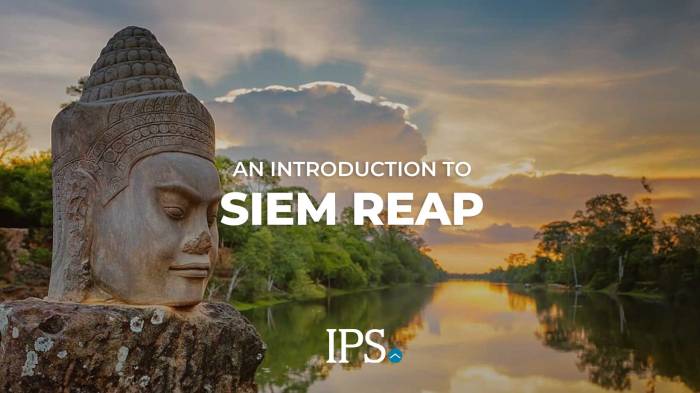
In conclusion, this guide to Siem Reap provides a comprehensive overview, empowering you to plan your dream adventure. Discover the ancient wonders, immerse yourself in the vibrant culture, and savor the delicious flavors of this captivating destination. From historical temples to delectable cuisine, Siem Reap promises an unforgettable experience. Prepare to be amazed!
